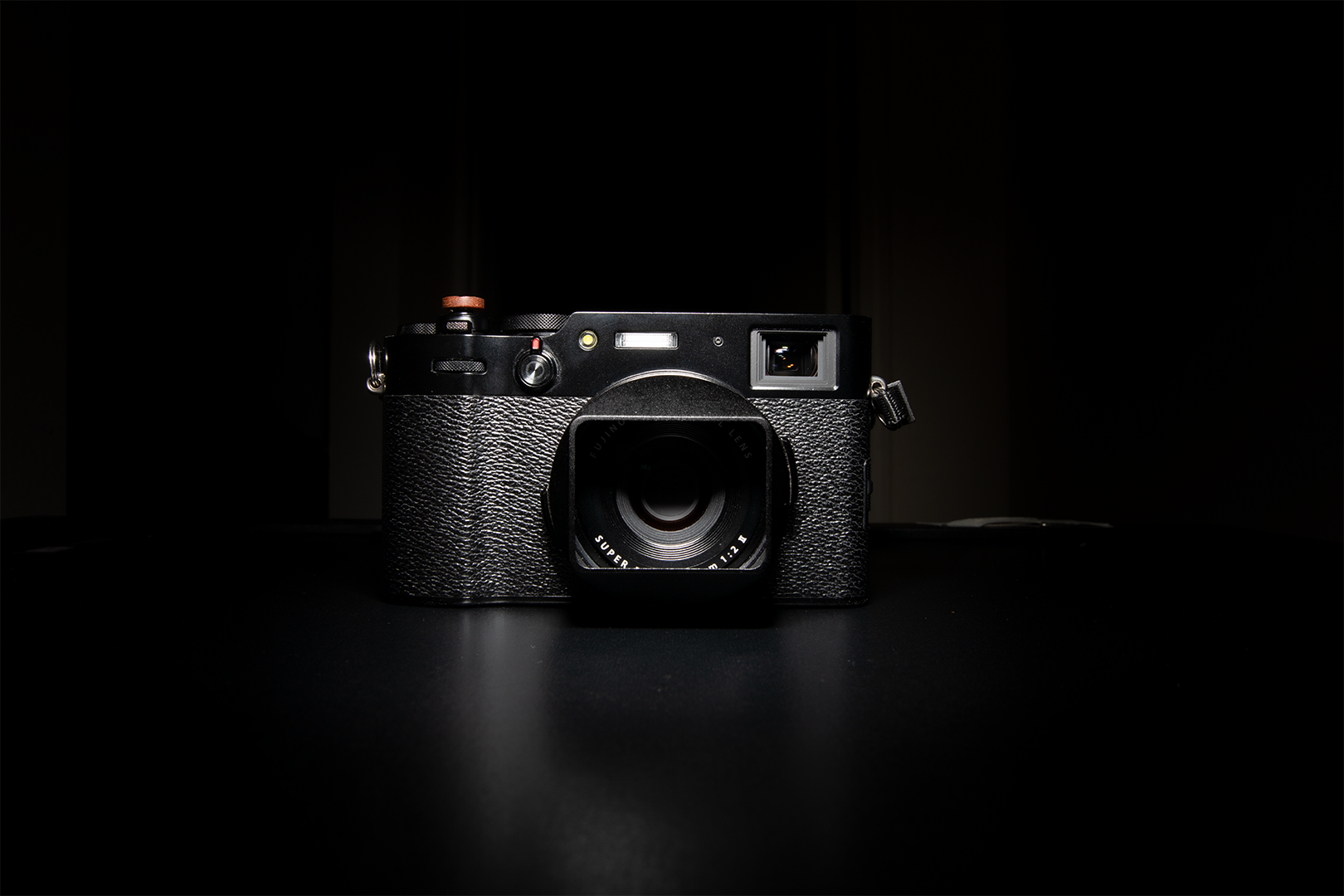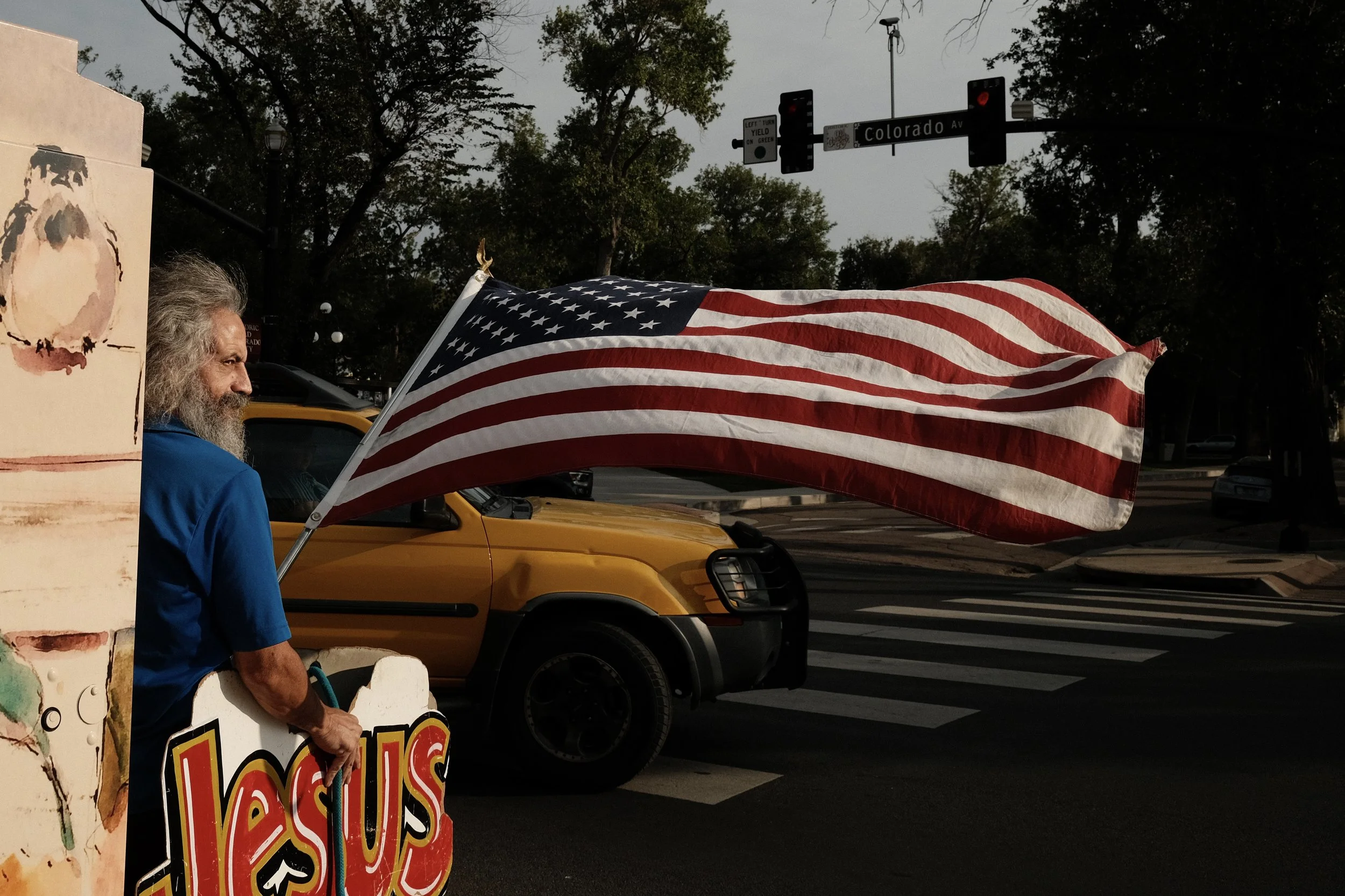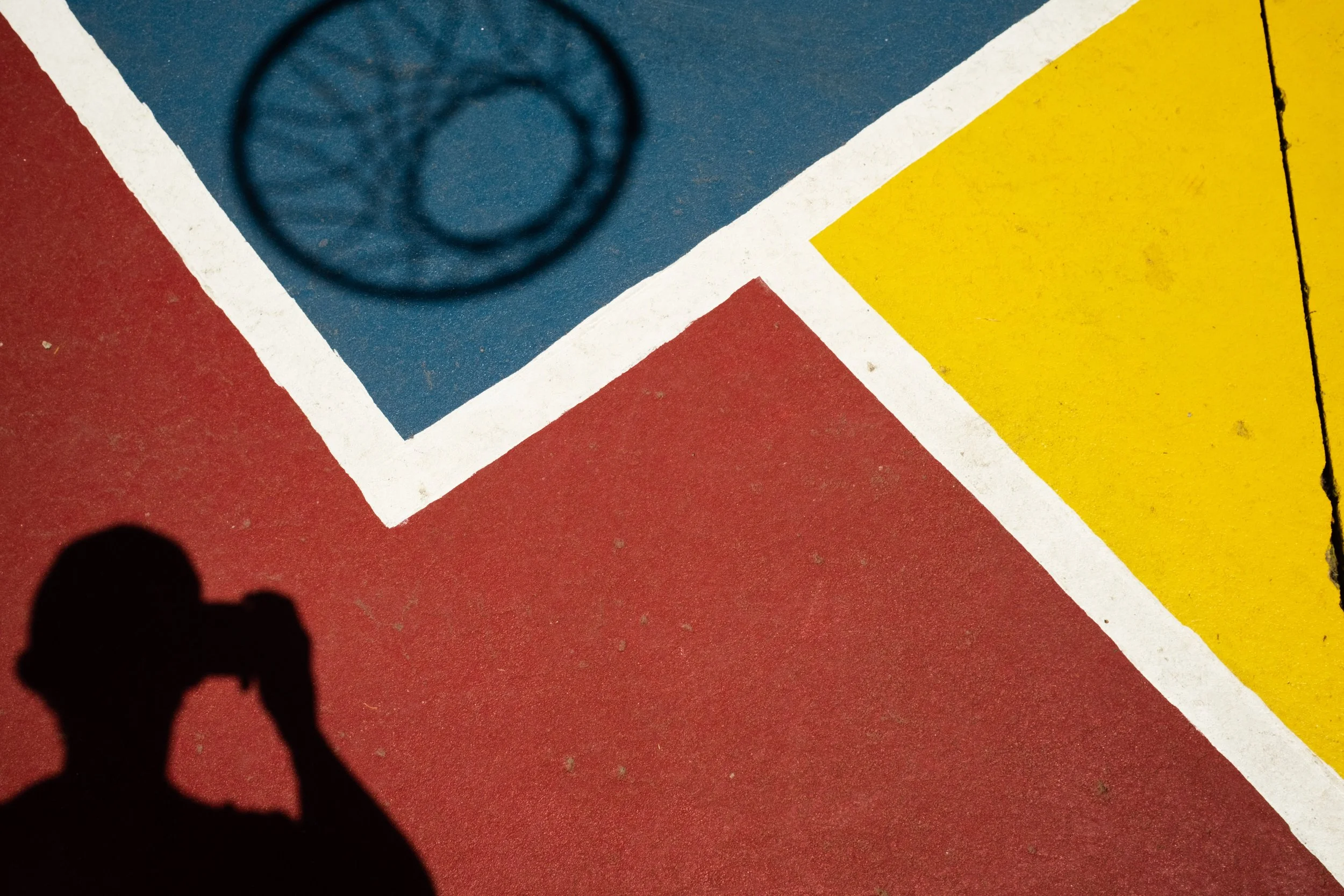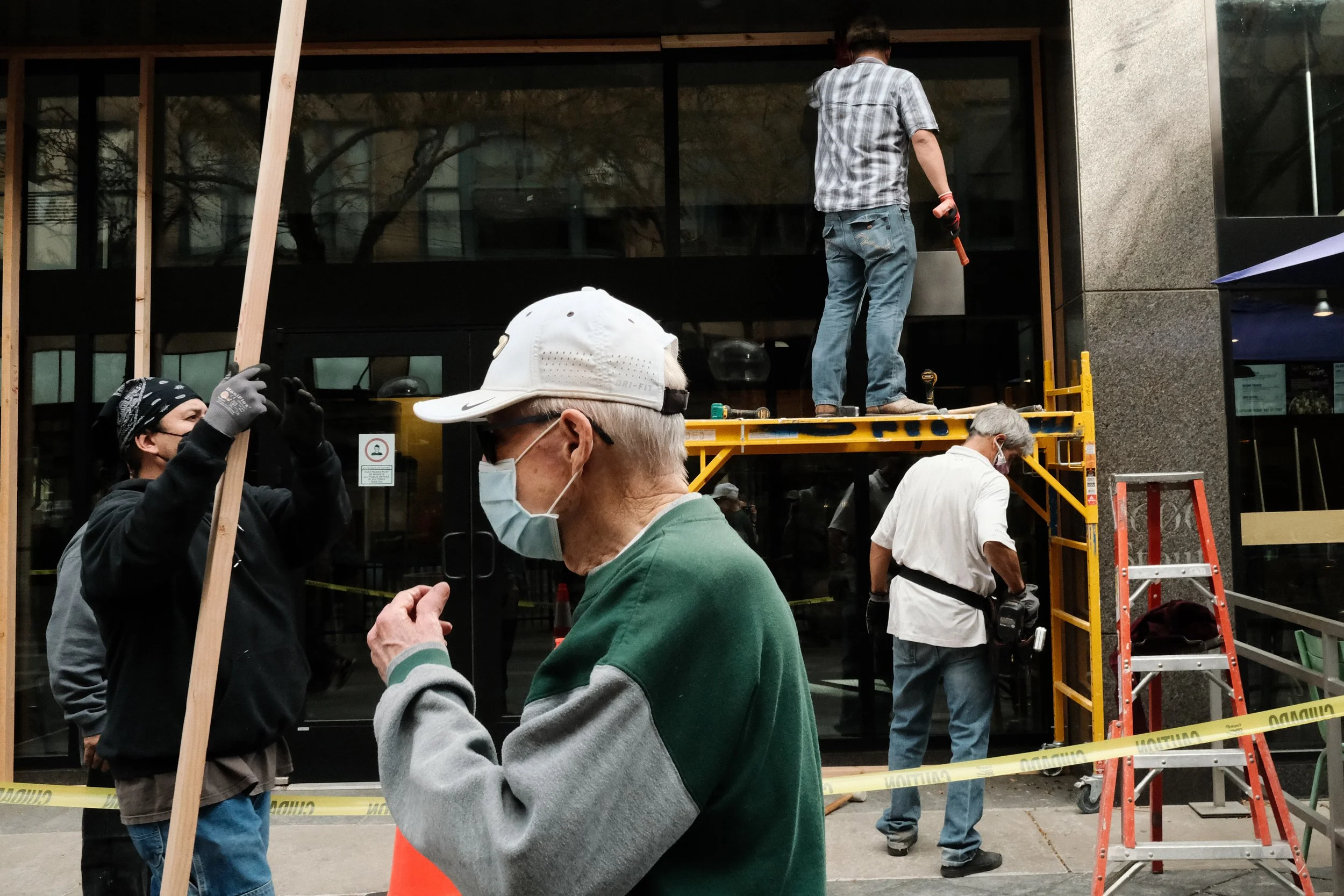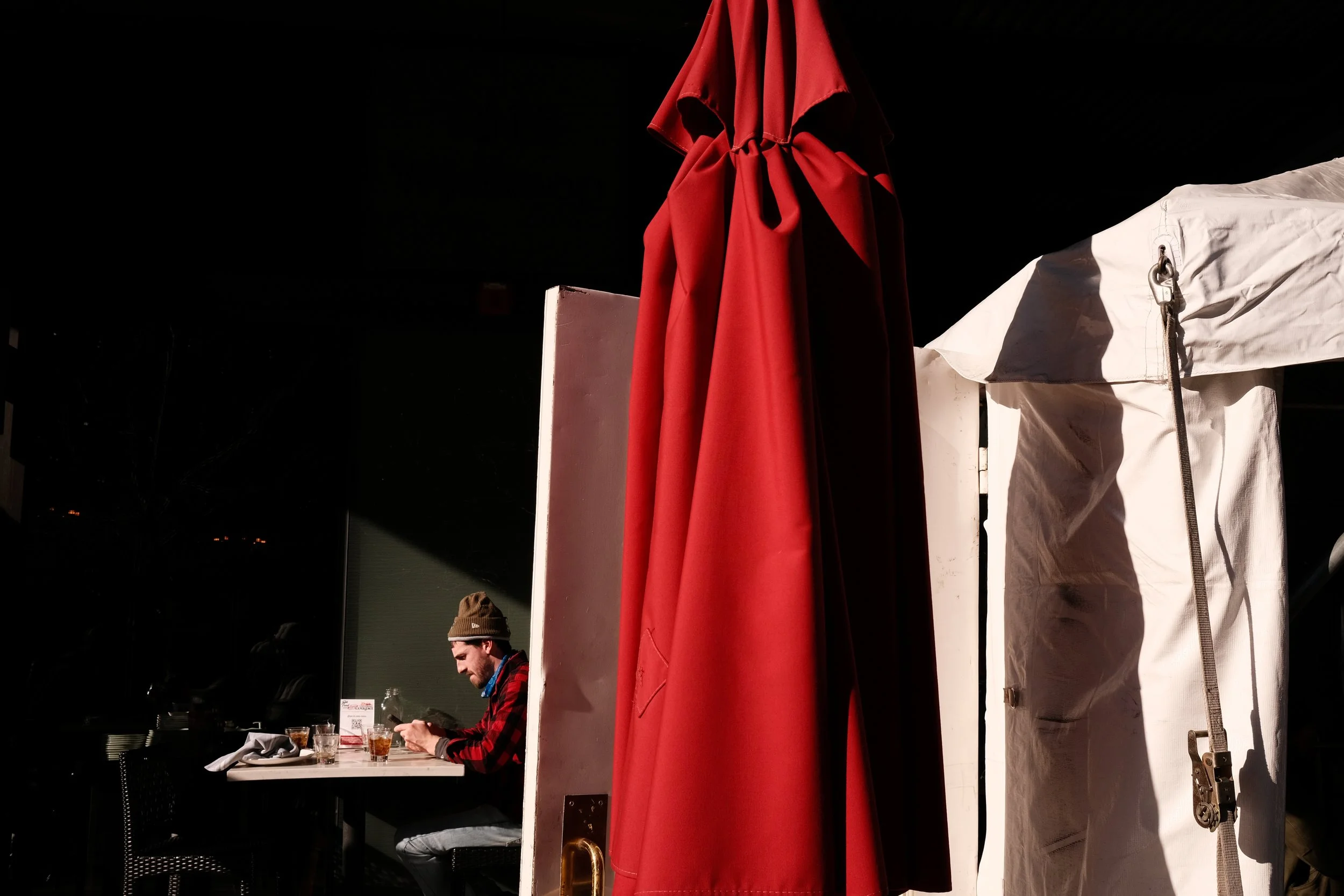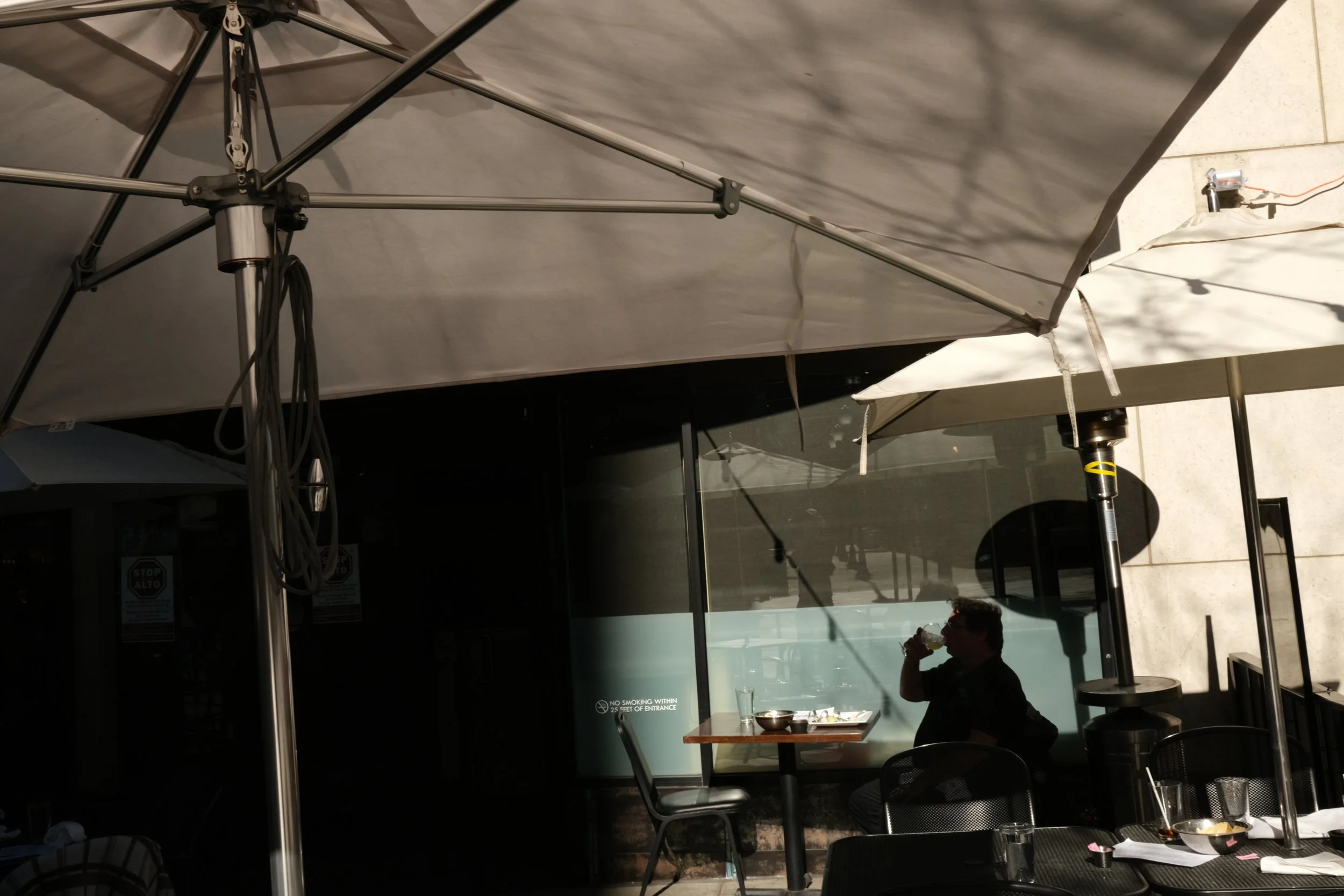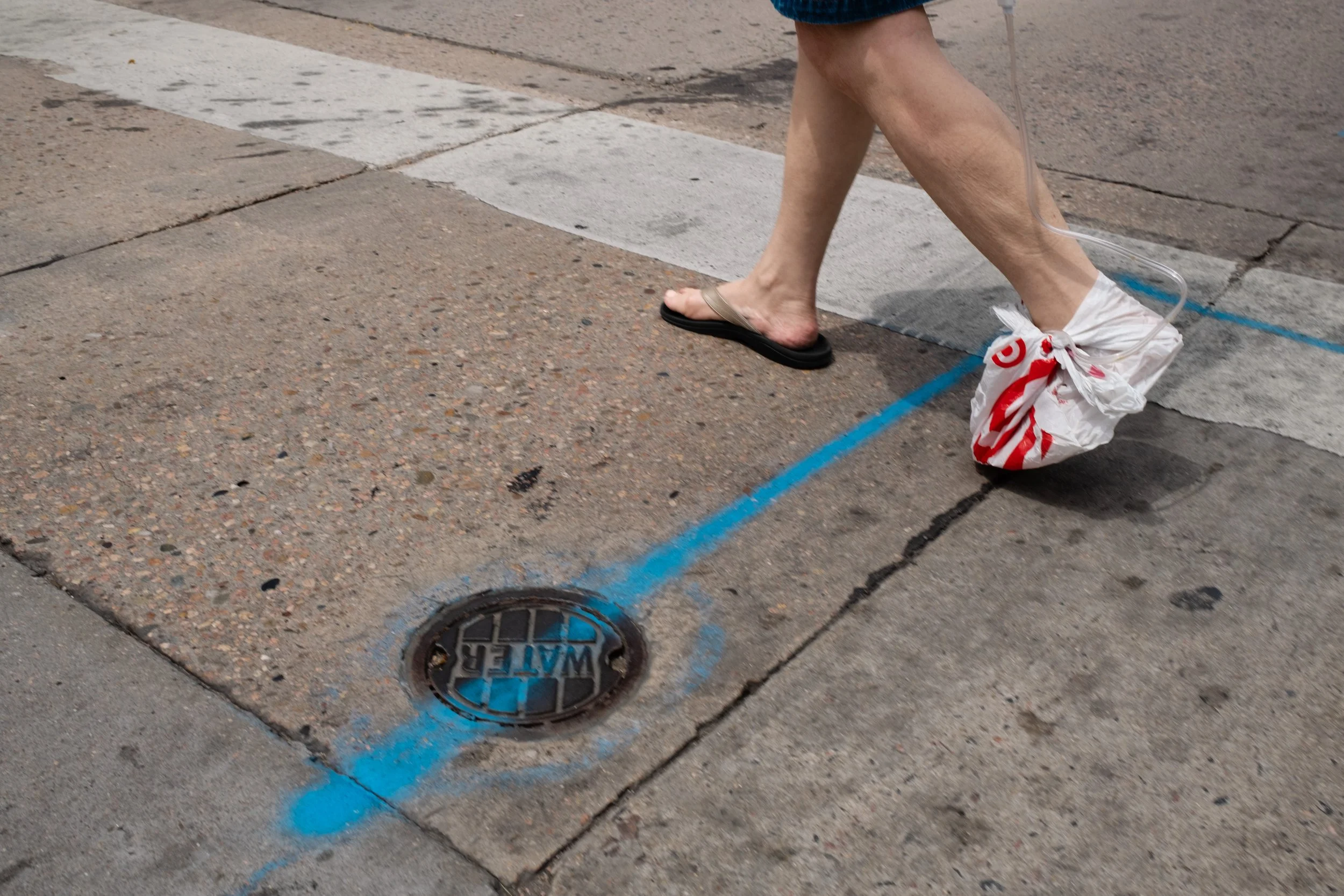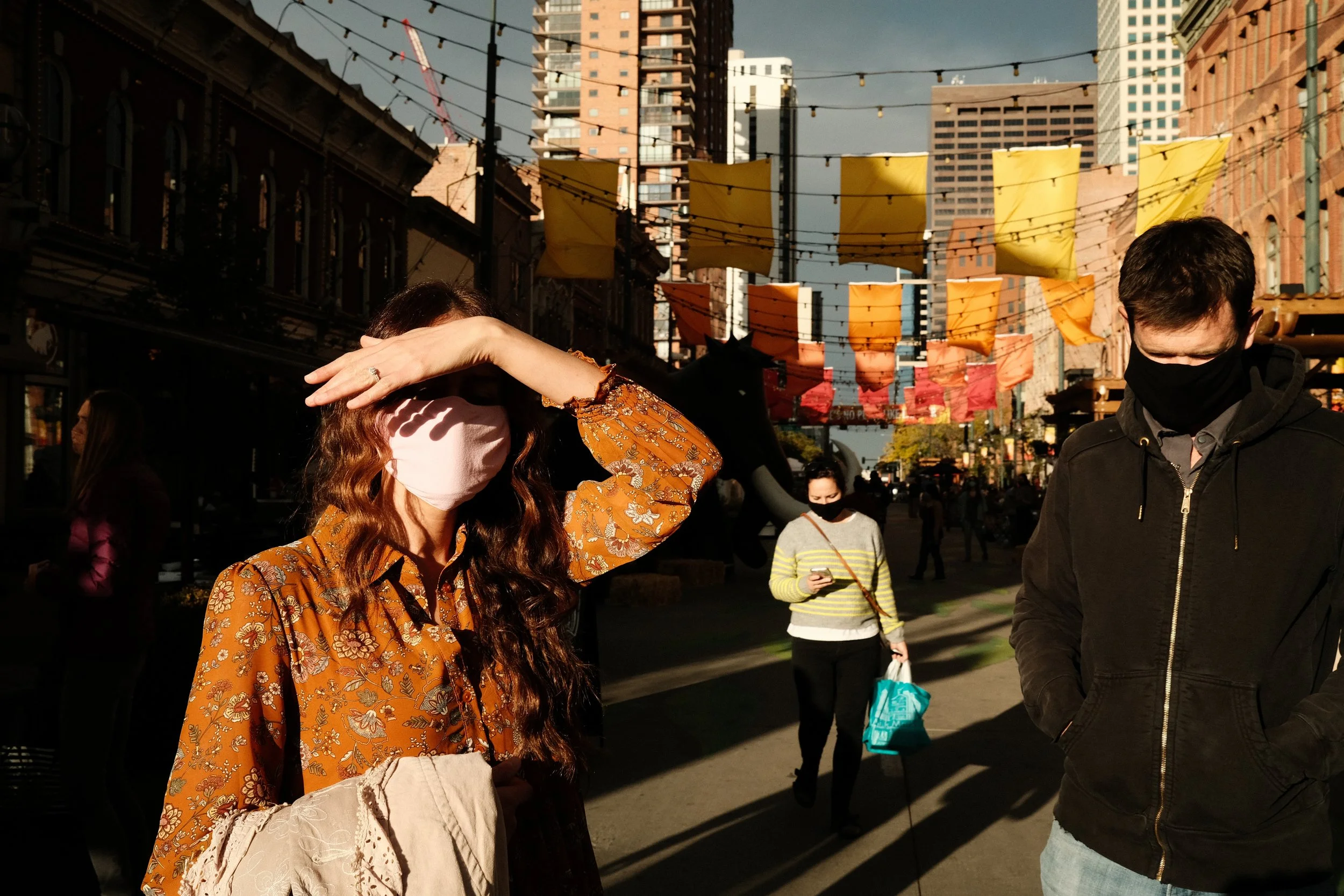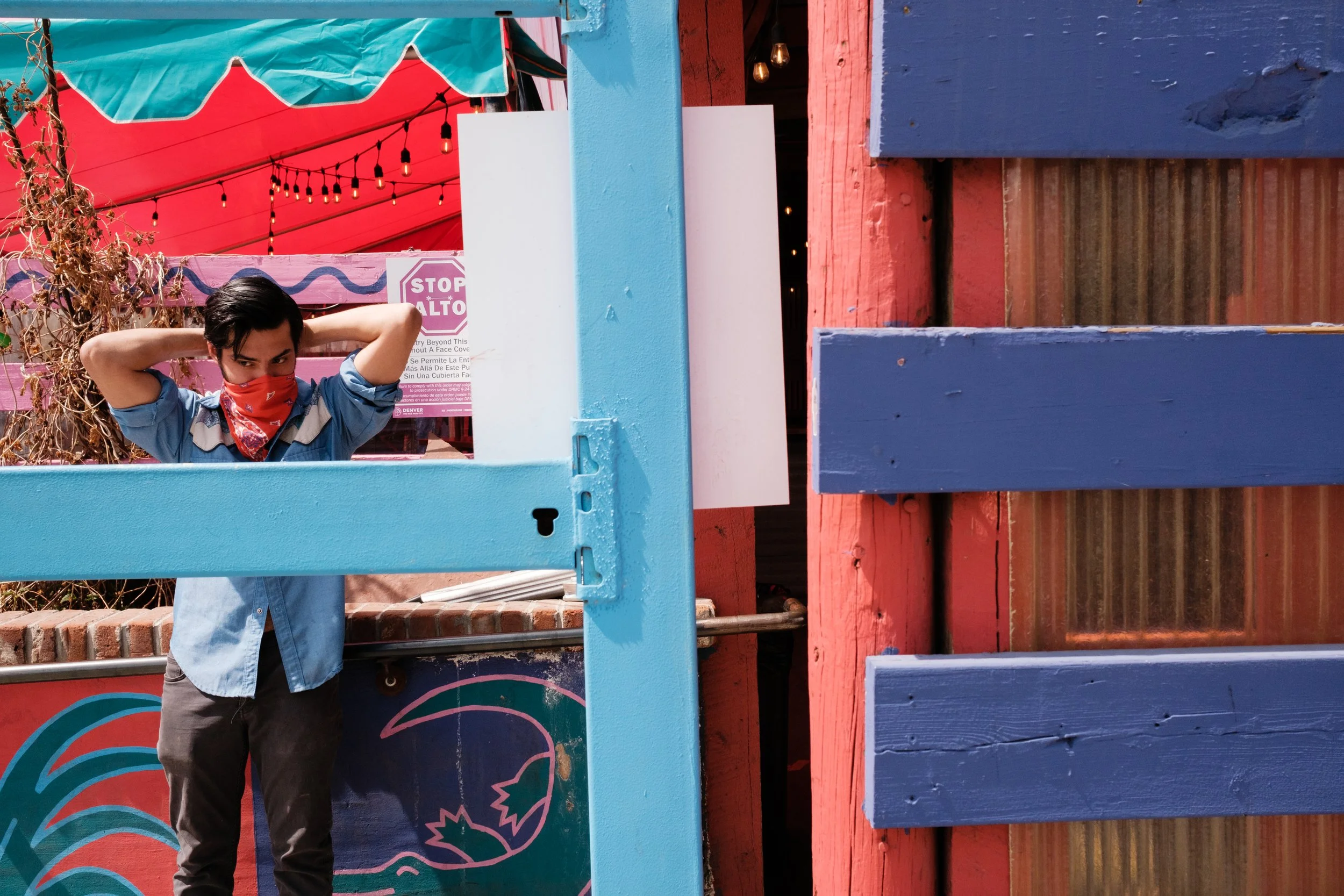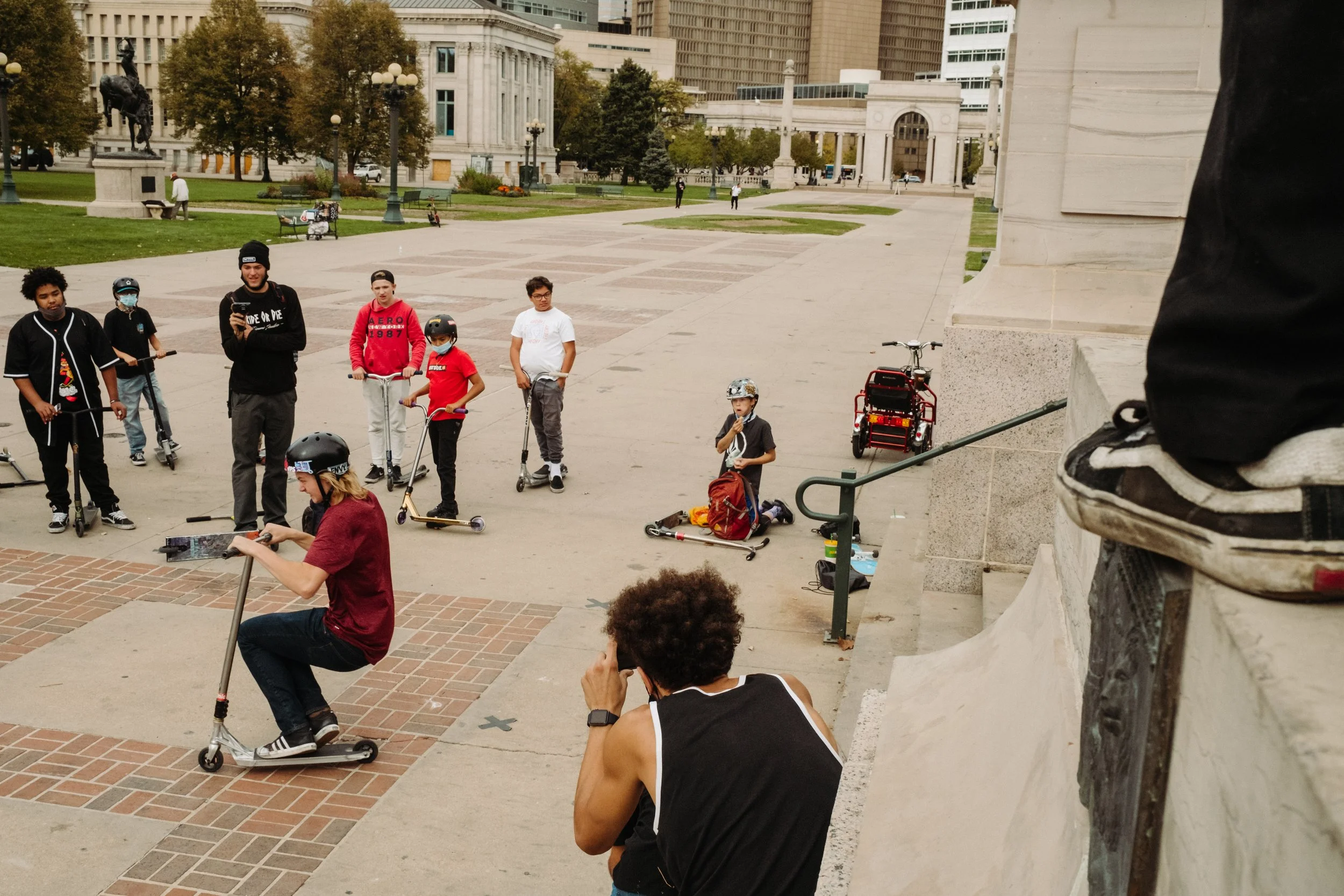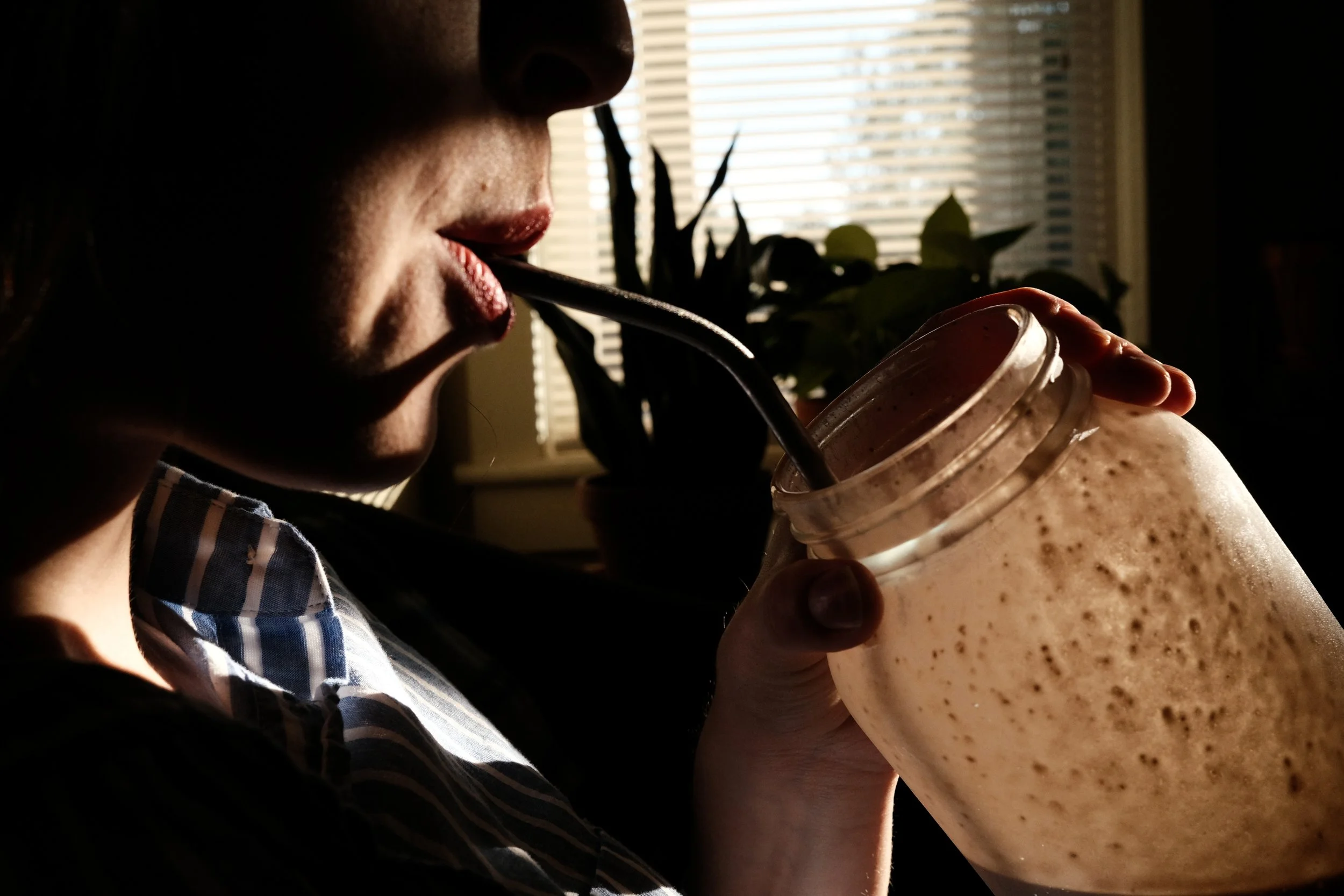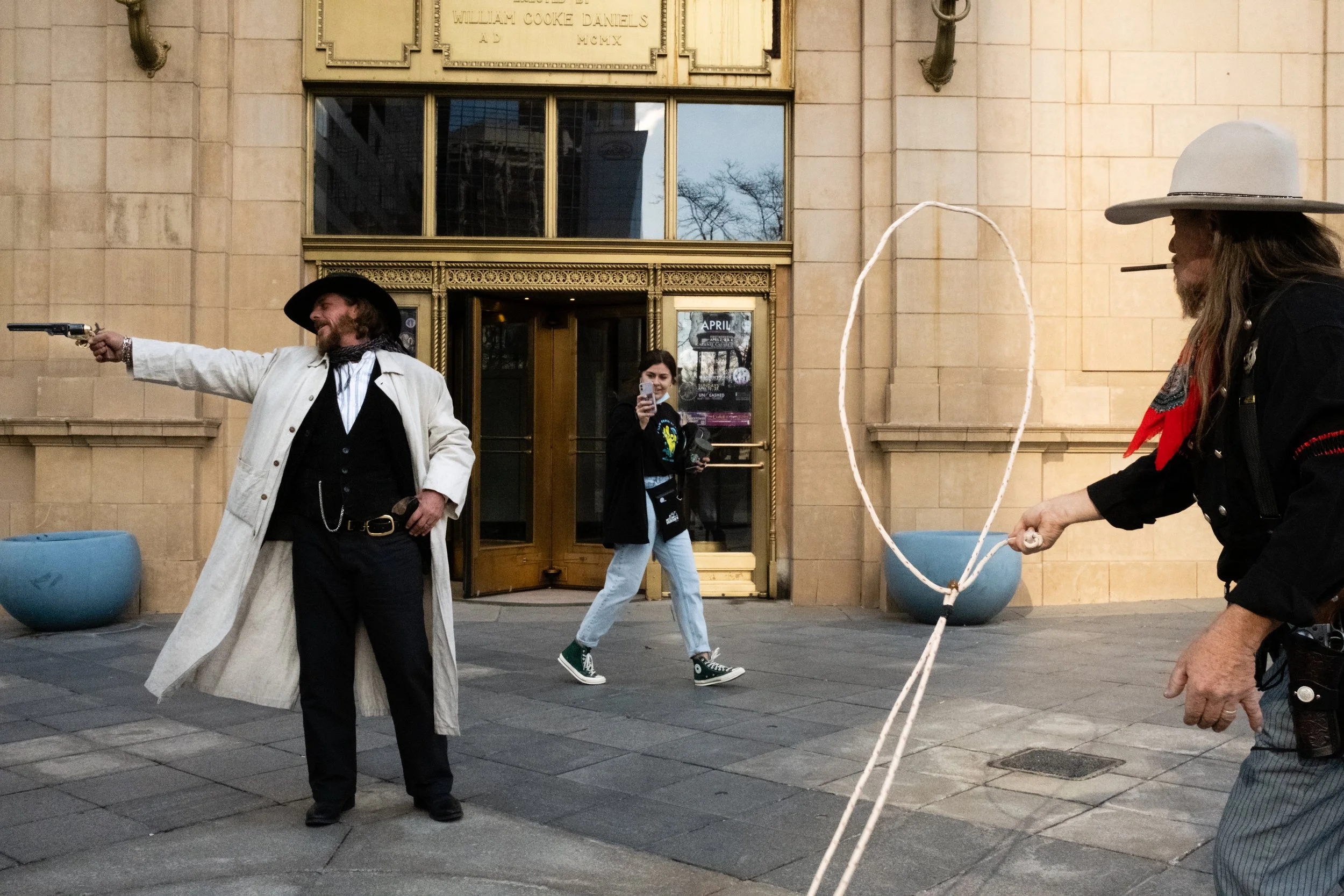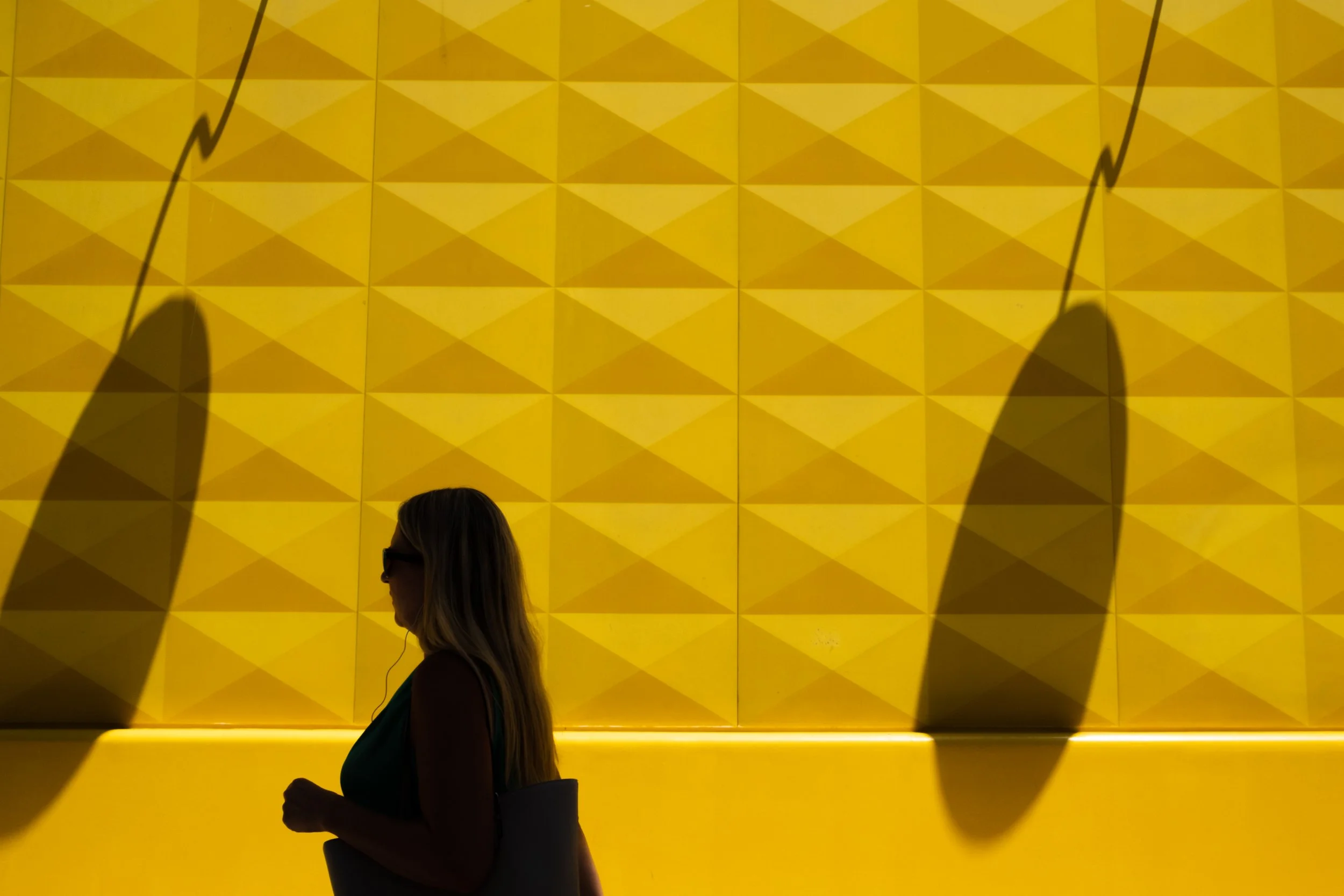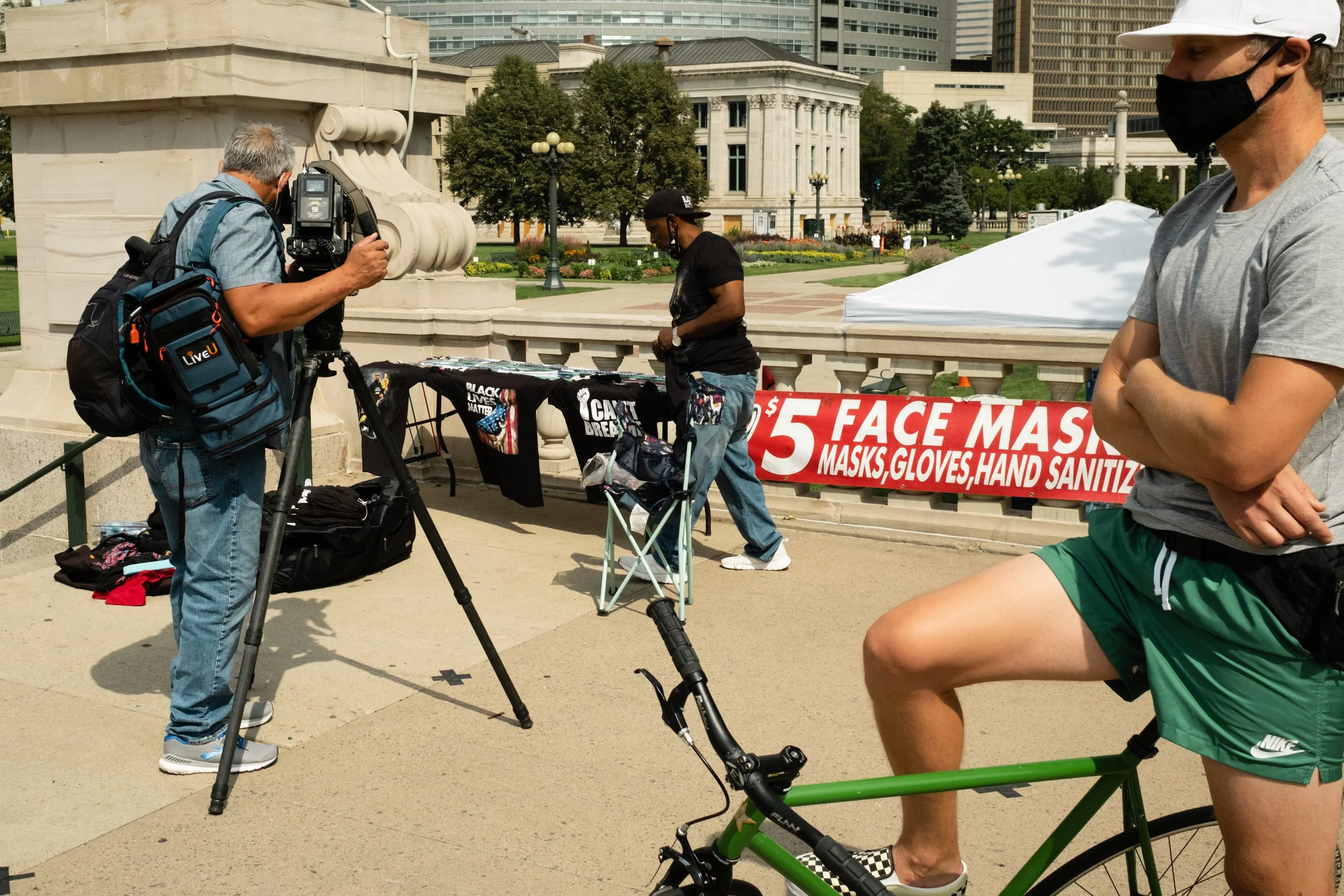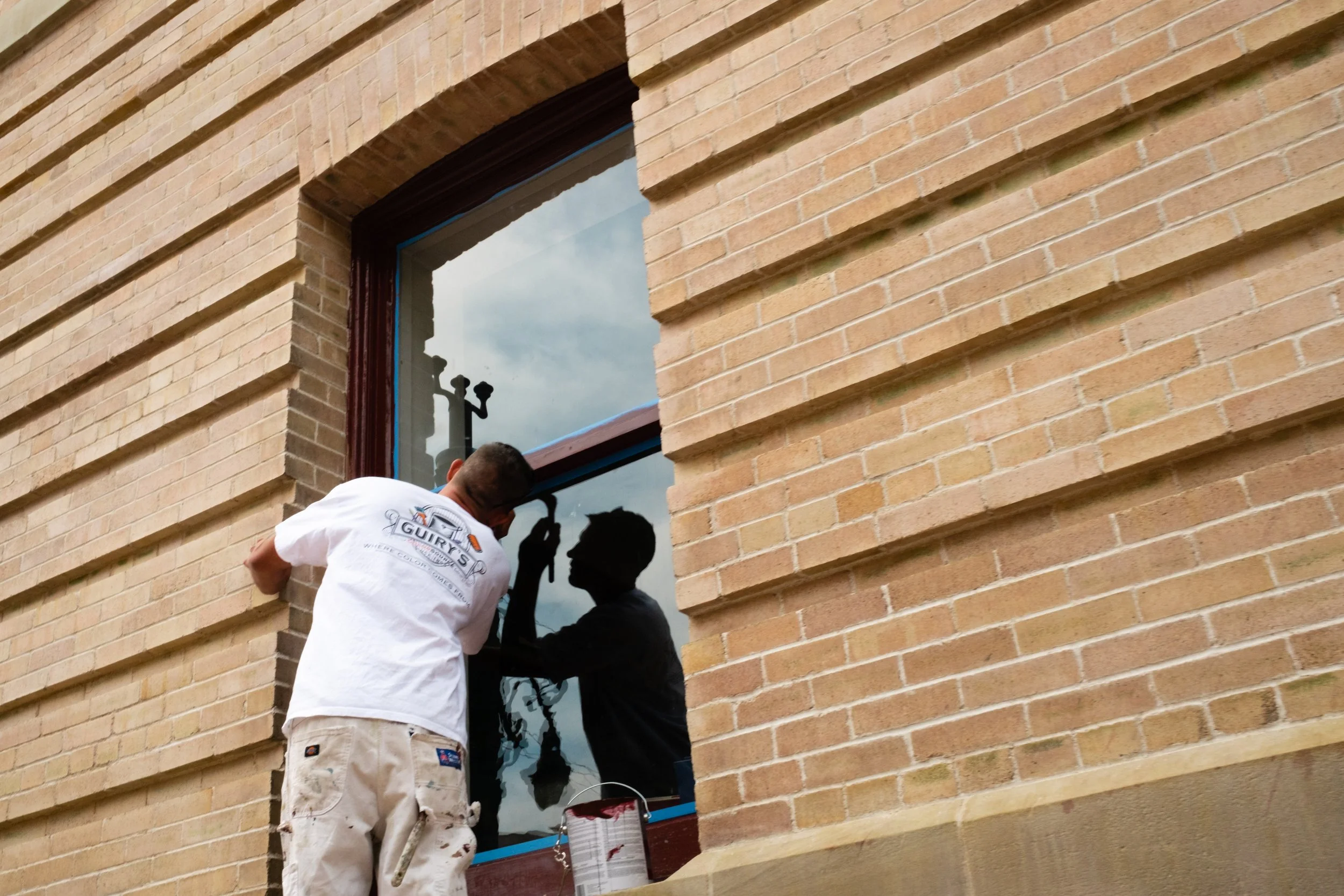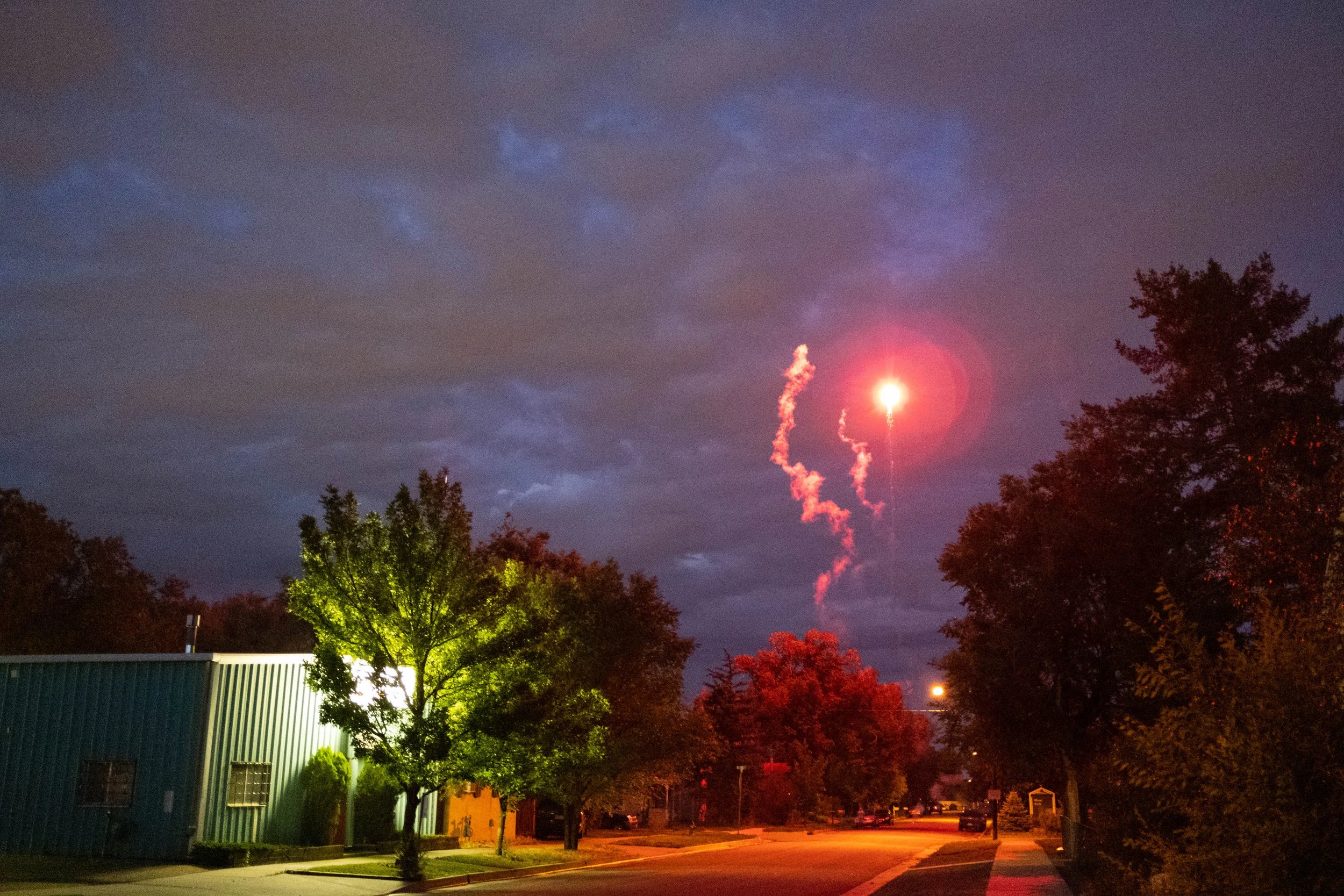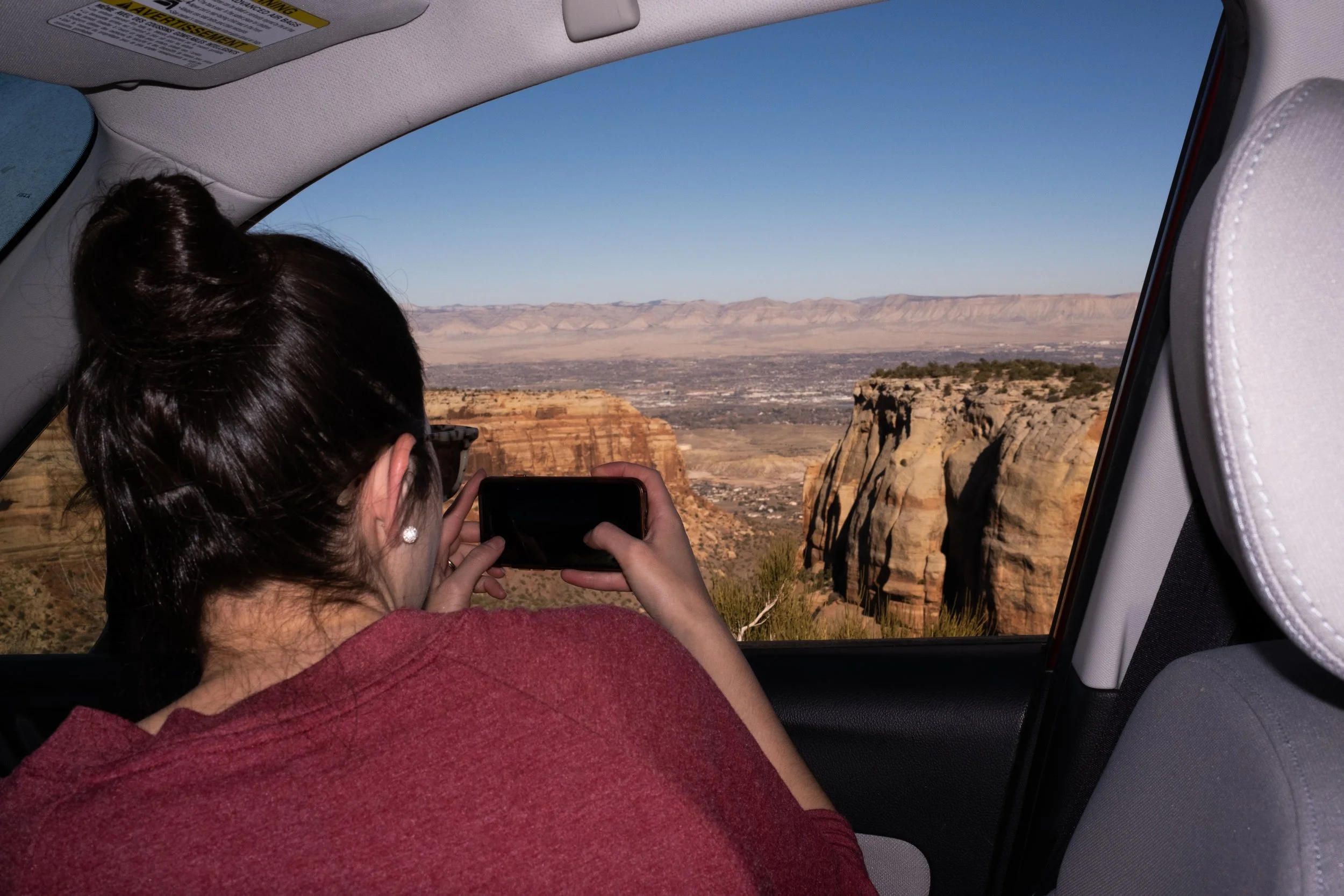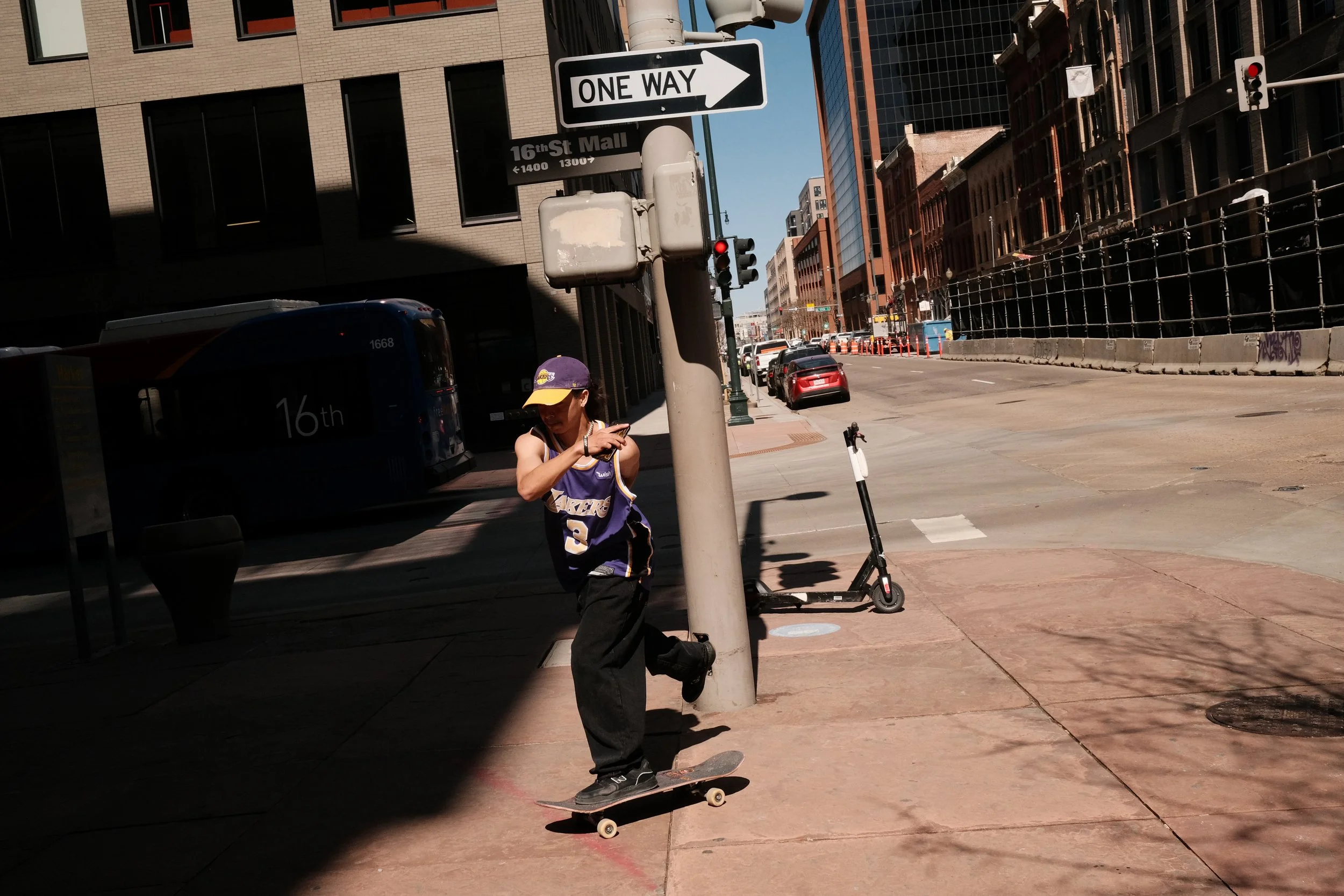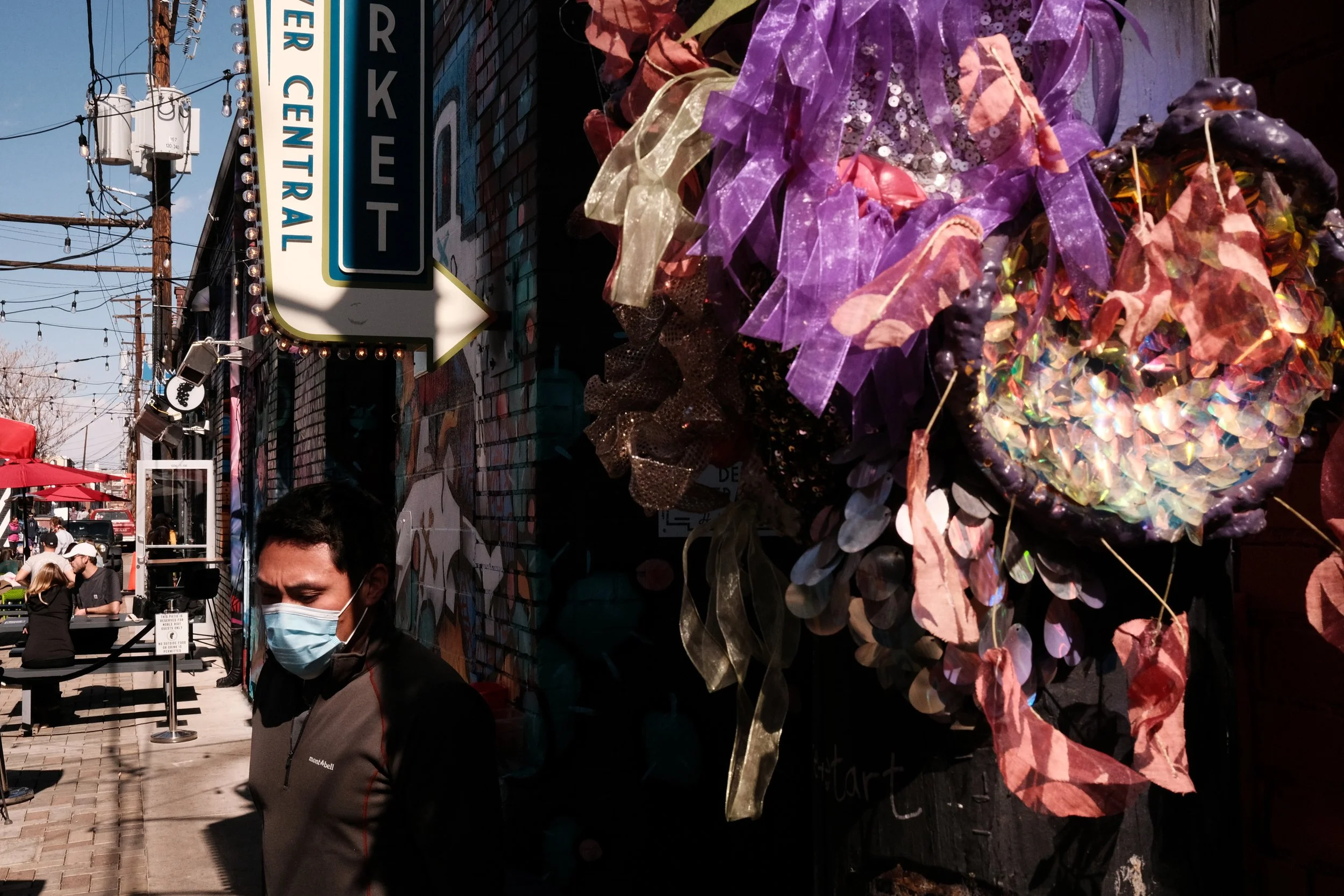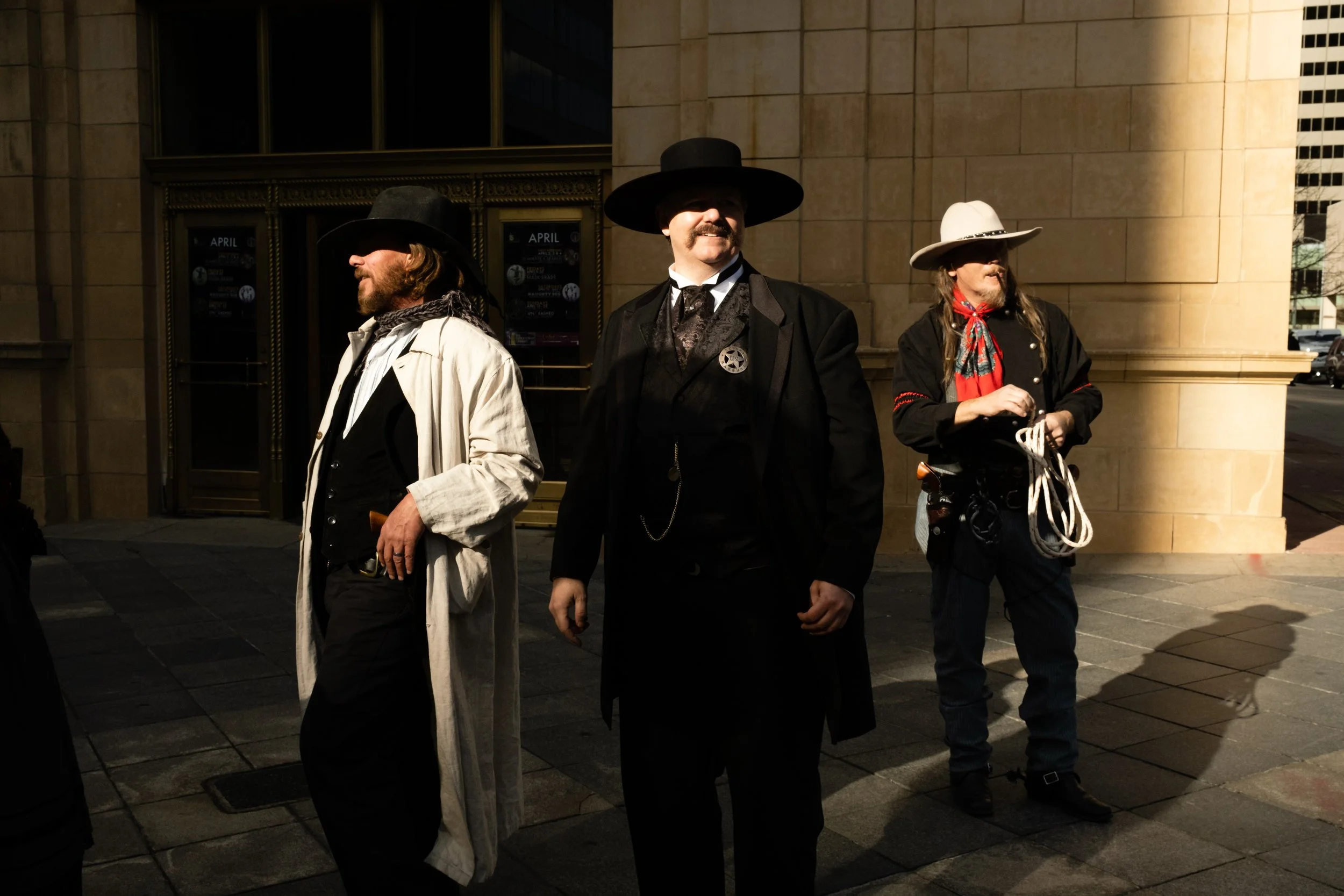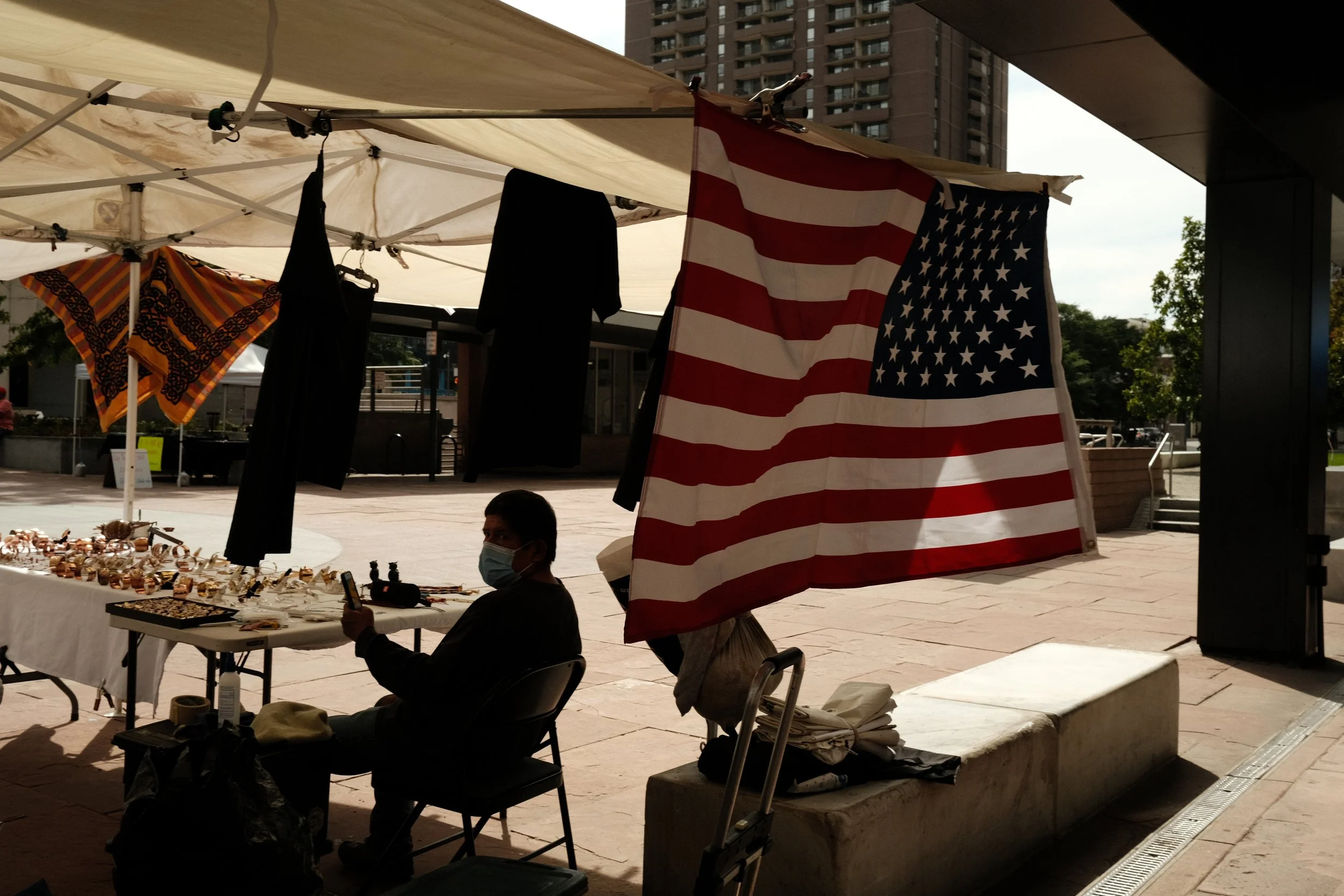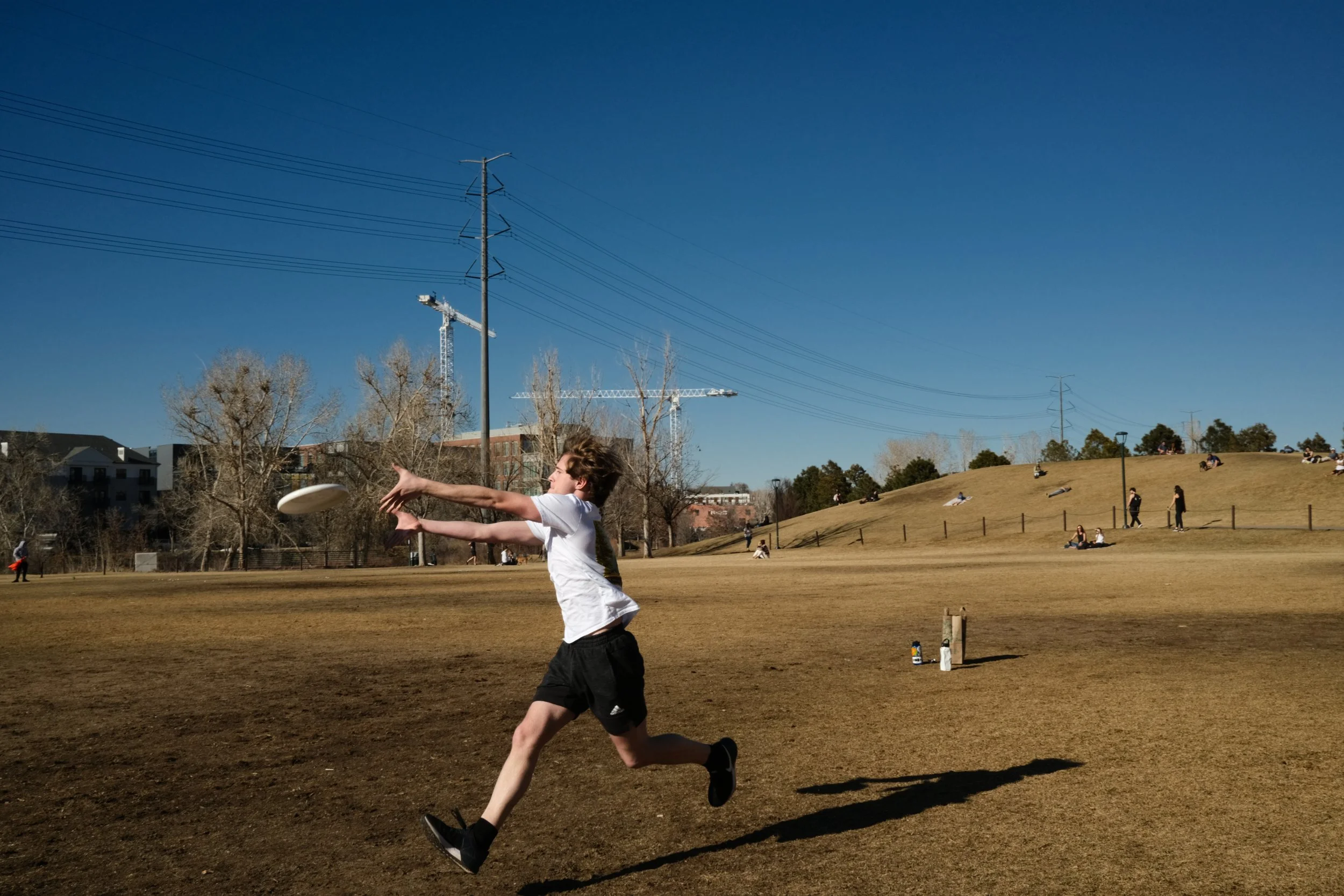One Year with the Fujifilm X100V
Between 2020 and 2021 the Fujifilm X100V was the camera I carried every single day. I walked the streets with it, I photographed life at home, and I walked my dog with this camera. In this review, I’ll go over what I like about this camera as well as the unfortunate reason I sold it. I will also post a TON of my favorite X100V images so you can get a better idea of what it is capable of.
Before we get started, if you are looking at purchasing an X100V or even the newer X100VI, I highly recommend renting one from Lensrentals before you make a buying decision (you may even be able to buy the one you rent directly from them. Follow this affiliate link for the Fujifilm X100V and use the code LIAM15 for 15%off your order.
Watch the video below or read on!
There is a lot to like about this little camera and a few things to dislike. For me, the downsides are minor and very specific to my way of using the X100V. We’ll get into that later.
Fujifilm’s JPG Film Simulations
I know this is something that is available on all Fujifilm X cameras but it is important to note that most of the images you see in this blog post were made in-camera. As a professional wedding photographer, one of the last things I want to do is spend my off days at a computer editing my personal work. Many camera brands have a way of processing RAW images in-camera but Fujifilm does it better than any others that I have tried. With that in mind, let’s move on.
Size
One of the first things that draws people to the Fuji X100V is it’s size. It is small and light enough to carry around all day without getting in your way or tiring out your hands and shoulders. In my opinion it is NOT pocketable unless you have very large pockets. If you do squeeze it in a pocket it will likely feel bulky and cumbersome. A pocketable camera would be sometimg as small as a Ricoh GR. The X100V will carry better on a shoulder or neck strap in my opinion.
Weight
Weighing in at 478g/16.9oz it is not a heavy camera. That’s not necessarily a bad thing. I like a light camera that is easy to carry for a long period and that is easy to maneuver with a flick of the wrist. Cameras like this encourage a more loose shooting style and I like that.
I have heard arguments that a heavier camera promotes a steadier hand and for some people, I can understand that is their preference. In which case I would say the X100 series will be disappointingly light.
Build Quality & Weather Sealing
It feels like a sturdy metal premium compact camera with good materials. None of the buttons felt mushy or flimsy on my copy and I was happy that the Fuji X100V was the first X100 camera to include weather sealing. BUT it is weather-sealing with a caveat. You have to purchase a lens filter and adapter to complete the weather-sealing. I think they did this to keep the size small and those who need weather sealing could still get it if needed. This is a bit of a bummer for such an expensive compact camera but it has allowed Fujifilm to stay true to the original design.
Although the camera felt well-built, I had a negative build quality experience with the Fujifilm X100V. Within about 6 months of owning the camera I noticed a dark spot in the corner of the EVF. Within a couple more months I noticed it had crept further into the corner and I could only assume it would progress. This was within the first year of the camera's release and I have never heard of this happening to anyone else and I know photographers who have used the camera heavily for years.
Lens
The updated 23mm F/2 lens was a big selling point of the Fujifilm X100V. The lens had always been a very good sharp lens but the new version was upgraded to be sharper at F/2 and while focusing at close range. This was a disadvantage of the older lens design but it has been corrected in the X100V. This means users can expect sharp images throughout the aparture range and at all distances.
A big plus for me was that the X100V could now be a viable backup camera for wedding photography incase any of my main cameras were to go down.
Flip Screen & Touch Screen
Another first for the X100 series was the introduction of a flip-up screen. The rumors for this were met with disappointment because historically flip screens have added some bulk to a camera. However, Fujifilm managed to engineer the screen to be perfectly flush with the camera body so it would not interfere with the minimal design of the camera. I loved that it was a simple vertical flip-up or a slight tilt-down because I only use this camera horizontally. This type of screen allows you to use the camera in a sort of waist-level viewfinder style that some photographers enjoy.
I thought I was going to use the touch screen all the time. Ultimately I switched it off completely because it became too easy to change a setting accidentally so I decided it was better for me to go without it. That being said, the availability of touch function will please many photographers especially if they prefer to manually drag the focus point around the screen as fast as possible while shooting.
Ergonomics
When holding the camera with 2 hands I find the camera to be mostly ergonomically sound. Some reviewers have said it feels too fiddly and like a toy but I have fairly small hands and have no problems with it. I don’t find the X100V to be a good one handed camera in most situations because of the way it is designed with the aperture ring on the lens and the lack of any prominent grip.
Many large handed users who don’t like the ergonomics prefer to add a grip that extends the height of the camera and provides a DSLR-like grip. I dont like that extra bulk and actually prefer a thumbrest that I got from Lensmate. Neither of these are really necessary but it allows me to occassionally take some one handed photos while walking the dog without fumbling too much. The thumbrest also reduces my tendency to accidentally press buttons when doing street photography because I tend to carry the camera tucked in my hand rather than around my neck.
So I guess carrying style can reduce its ergonomics for some users.
Hybrid Viewfiner
Many users love the idea of the hybrid style viewfinder. The little lever on the front of the camera allows you to quickly switch between a rangefinder style OVF (without the benefit of a rangefinder patch) to a modern style EVF where you can see your exposure. The OVF can feel like a great way to stay engaged in the world while photographing and see things beyond the framelines of the camera. The EVF has all the same benefits of other modern mirrorless cameras. Ultimately what tends to happen is that users will settle on one viewfinder mode and stick with it.
Personally, I end up using the EVF most of the time because I can more easily manual focus with it and the OVF doesn’t give me the same joy from using a real rangefinder. This is an entirely subjective point.
Autofocus / Manual Focus
The autofocus is good enough. It’s better than previous X100 cameras but if you are comparing it with something like an X-T4 with 23mm F/2 it will probably be slower. For everyone but the most extreme AF users there should be no issues here. This is where my thoughts on this end because I mostly use the X100V in MF mode unless its indoors or at night.
In bright conditions I like to use F/8 or F/11 so I have lots of depth of field. Therefore I can lock the focus at around 10 feet and most of what is in front of me will be in focus. If something is closer than 6 feet I will pull focus quickly to about 3 feet and everything closer than 6 feet will be in focus. This may not feel like the most efficient way to focus but for me it has felt faster than any autofocus I have ever used.
Image Quality
The vast majority of cameras nowadays have great image quality and good dynamic range. The Fujifilm X100V is no different. It’s sharp, the colors are good, and the dynamic range is on par with other Fujifilm cameras of this generation.
I don’t personally push the dynamic range very far and if you are incredibly specific about the need for high dynamic range I imagine you won’t be looking at a compact crop sensor camera in the first place. Bottom line, most people are going to be very happy with the output of the X100V even at high ISO.
I should also note that I have quite a high tolerance for noise and grain and I have heard at least one reviewer (Shane from Framelines) say that he wouldn’t like to push it past 1600 ISO.
This is ofcourse personal choice but as an example the firework picture below was shot at ISO 12800.
Built-in Flash
A feature I never paid attention to until I rented the camera for a trip in 2022. Because of the cameras near silent leaf shutter the built in flash syncs up to 1/4000 seconds. I never really cared about it but on a road trip I found lighting the interior of the car during the day produced some interesting effects that I had never really experimented with before.
This took some experimentation and the learning curve is quite steep but this is a great feature that I had looked over in the past. The next three images were using the built-in flash.
Cons
There could be any number of cons depending on your preferences as a user. The lack of IBIS is one I hear constantly as well as the screen not being the flip-out style and the video options being limited. The battery life may not have been amazing but they are small and I never used more than 3 in a day. The start-up time is ok but not instant and the EVF sensor is just slightly slower to kick on the EVF than I would like.
For me, the main downside was much more subtle. When using manual focus and smaller apertures there was a delay when pressing the shutter. The only way I could find to resolve it was to shoot only at F/2 or have the shutter button half-pressed in advance. In a fast-paced situation, this was not practical for me so I found myself shooting in burst mode through the moment.
When the camera was first released there was a lot of talk about it overheating. In some video situations or extreme burst mode situations, I believe this could be an issue. In my regular use of the X100V, there may have been some times when the battery area felt warm on a hot day but I never felt like the camera was overheating.
Conclusion
I use much bigger cameras for professional wedding photography work but I still wanted a small but serious camera for personal work. What sold me on the X100V upon its release was the combination of weather sealing, near-silent shutter, compact size, flip-up screen, and good looks. I am not aware of another camera that had all the same features (in 2020). It is a fun little camera that is ideal for daily carry, street, and travel. It (at the time) was far cheaper than a Leica and was my gateway into street photography and always having a camera with me.
It is also worth considering some of the Fujifilm X100V’s predecessors. They come at a cheaper price and have fewer features but are still cameras capable of making beautiful images.
If a silent shutter, built-in flash, weather sealing (with accessories), and hybrid viewfinder, or any combination of those things is not important to you there are likely other more affordable and possibly more capable options out there that will also save you some cash. But if you just like the X100V because you like it then that’s ok too and it will likely be an enjoyable camera for years to come.
